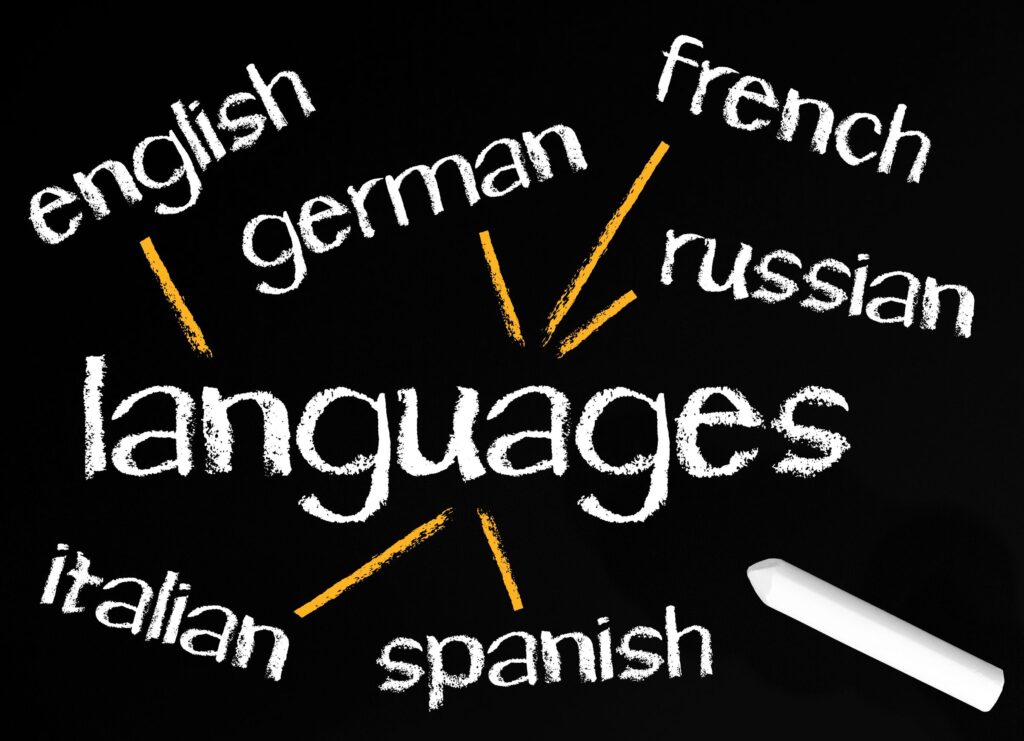As businesses expand their operations to global markets, localizing financial documents is an essential component for success. However, without proper knowledge and understanding of the process, companies risk making costly mistakes. In this blog post, we’ll discuss the 10 most common errors to watch out for when localizing financial documents and how you can avoid them.
Don’t let missteps hamper your global growth – learn what steps to take in order to accurately communicate complex financial information across multiple languages.
What are the most common mistakes that can easily be avoided in localizing financial documents?
- Not researching the language basics: To ensure accuracy, companies should research the grammar and syntax of their target markets’ languages before attempting to localize any financial documents. A lack of knowledge in this regard may lead to major errors that can be costly both financially and reputationally.
- Neglecting cultural nuances: Cultural differences are important when translating financial documents. For example, certain words have different connotations in different cultures, which can affect how a document is understood by readers from those countries. To communicate effectively, take into account regional colloquialisms and slang terms as well as other cultural considerations like humor and idiom usage.
- Ignoring regional regulations: Companies must also consider legal implications when localizing financial documents. Depending on the region, certain regulations may need to be adhered to for accuracy and compliance. It’s important to check local laws before proceeding with translations in order to avoid potential legal issues down the line.
- Poor formatting: The format of a document can greatly affect its readability and comprehension. To ensure understanding, companies should use fonts that are easy-to-read and adjust font sizes as needed for different languages. Additionally, it’s important to consider how text will translate into new formats such as PDFs or mobile applications; if necessary, make sure to adjust layouts accordingly for maximum clarity and accessibility across platforms.
- Overlooking glossaries: As terminology is often unique in the world of finance, it’s important to establish a glossary of terms and definitions before beginning translations. This will ensure that the same words are used consistently throughout the project, reducing confusion for readers.
- Not localizing currencies: When translating financial documents, currency symbols should always be localized based on their target market’s conventions. For example, the US Dollar ($) symbol is different from its Japanese Yen (¥) equivalent and should be noted when translating documents into Japanese.
- Assuming machine translation is sufficient: It’s often tempting for businesses to rely on machine translation for cost savings; however, this can lead to costly errors as machines lack the understanding of context or cultural nuances required for accurate translations. To avoid potential misunderstandings, it’s recommended to employ professional human translators who specialize in the localization of financial documents.
- Not proofreading translations: In order to safeguard against errors, companies should always proofread translated documents before publication or distribution. This final step ensures that all translations are accurate and “sound” natural in their target language.
- Taking shortcuts for cost savings: To save time and money, some businesses may opt for quick fixes such as direct paraphrasing or simply replacing words with synonyms; however, this can lead to significant inaccuracies due to differences in regional culture and terminology usage which could make a document unintelligible or even misleading. It’s important to take your time when localizing financial documents to ensure accuracy.
- Not Testing Documents: Finally, companies should always test their localized documents before using them in the final version of any product or service. This could involve testing with a small sample group from the target market to check for understanding and accuracy. By taking these extra steps, businesses can rest assured that their translations are up-to-standard and ready for use in their global markets.
Tips on How to Locate and Avoid Mistakes in Localizing Financial Documents
- Always consult a specialist whose expertise and experience is in the localization of financial documents.
- Research regional cultural considerations, legal regulations and idioms to ensure accuracy in translations.
- Establish a glossary of terms before beginning translations for consistency throughout the project.
- Use fonts that are easy-to-read and adjust font sizes as needed for different languages when formatting documents.
- Localize currencies based on their target market’s conventions in order to avoid confusion or misunderstandings.
- Rely on professional human translators rather than machine translation to ensure accuracy and proper context when localizing documents into other languages.
- Proofread translated documents before publication or distribution to guarantee accuracy.
- Test localized documents with a small sample group from the target market to check for understanding and accuracy before using them in the final version of any product or service.
- Avoid taking shortcuts such as direct paraphrasing or simply replacing words with synonyms when localizing financial documents; this could lead to inaccuracies that could make a document unintelligible or even misleading.
- Keep an eye out for errors and typos, especially across multiple languages and platforms, as these can be easily overlooked but have potentially costly consequences.
Localizing financial documents is a complex process that requires both accuracy and cultural sensitivity. By following these tips, businesses can ensure their translations are up-to-standard and ready for use in their global markets. Additionally, by consulting specialists, researching regional considerations and employing professional human translators, companies can rest assured that their translated documents will be accurate and intelligible to the target audience. Contact us today!




